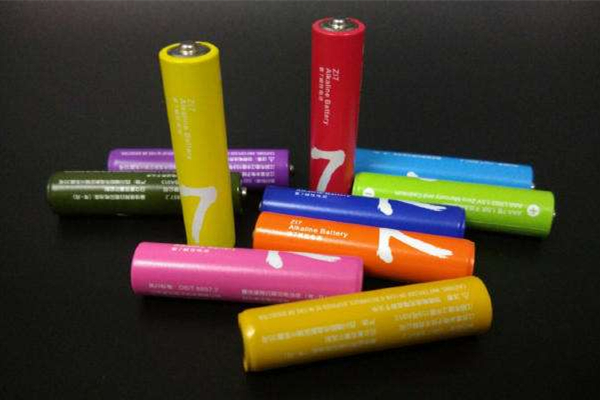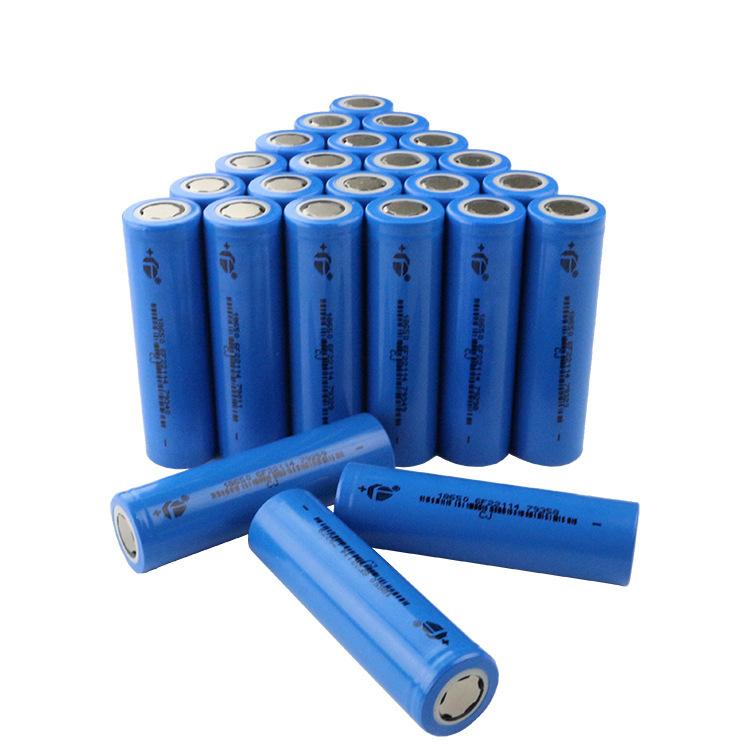Analysis of Lithium Ion Battery Cell Types
Oct 23, 2019 Pageview:1265
In electric vehicle applications and in portable devices such as smart phones, digital camera etc, lithium-ion batteries are generally preferred. A battery's relative ability and health status decreases with age. It is therefore essential to accurately estimate these parameters. In this analysis, a parametric approach is proposed to estimate the battery health by studying different types of batteries used with their applications, also the new trends in lithium ion battery cell is discussed in this article which will not only help you to gain information about lithium ion batteries but also provide a vast knowledge of new trends and technology of these batteries.
Types of battery types:
There are different types of batteries used for different purposes based on its size and its application. The most commonly used batteries are cylindrical cell, button cell and pouch cell which are discussed below;
Cylindrical cell
One of the most commonly used packaging types for primary and secondary batteries continues to be the cylindrical cell. The advantages are production flexibility and good mechanical stability. The tubular cylinder, without deforming, can withstand high internal pressures.
Many cylindrical cells based on lithium and nickel include a positive switch of the thermal coefficient (PTC). The usually conductive polymer heats up and becomes resistive when exposed to intense pressure, preventing current flow and serving as protection against short circuits. The positive switch of the thermal coefficient (PTC) cools down and returns to the conductive state once the short is removed.
Applications of cylindrical cell
Power tools, medical devices, laptops and e-bikes are the standard applications for the cylindrical cell.
Button cell
The button cell which is also known as the coin cell is made up of compact design possible in the 1980s ' portable devices. Through piling the cells in a duct, higher voltages are achieved. These batteries were used by cordless telephones, medical devices, and airport security walls.
Although the stacked button cell fell out of favour and gave way to more traditional battery formats, although it was compact and inexpensive to create. When loaded too fast, the button cell's downside will swell. Button cells do not have a safety ventilation and can only be charged at a charge of 10-to16-hour; however, newer designs require rapid charging.
Applications of button cell
The bulk of button cells currently in use are non-rechargeable and can be used in medical implants, watches, hearing aids, car keys and memory backup.
Pouch cell
In 1995, with a radical new model, the pouch cell stunned the battery world. Instead of using a metallic tube or electrical feed-through glass-to-metal, conductive foil tabs are welded to the electrodes and tightly sealed to the outside.
The battery cell provides a simple, flexible or lightweight battery design solution. Some stack pressure is advised but swelling provision has to be made. The pouch cells can provide high load currents, but they do better under light loading conditions and with moderate loading.
Applications of pouch cell
In consumer, military and automotive applications, the pouch packages are used. There are no standard pouch cells; they are constructed by each manufacturer. Pouch packs are often Li-polymer packs. Small cells, such as drones and hobby gadgets, are common for portable applications that require high load currents.
2019 lithium ion battery cell technology
The Royal Swedish Academy of Sciences has decided to award the 2019 Nobel Prize in Chemistry to John B. Goodenough from Austin, Texas University, USA, M. Stanley Whittingham from Binghamton University, New York State University, USA, and Akira Yoshino from Asahi Kasei Corporation, Tokyo, Japan, and Meijo University, Nagoya, Japan "for the design of lithium-ion batteries."
Created rechargeable batteries
The 2019 Nobel Prize in Chemistry rewards the development of the lithium-ion battery. In everything from mobile phones to computers and electric vehicles, this lightweight, rechargeable and efficient battery is now used. It can also store large quantities of solar and wind energy, making a fossil-free society possible.
Globally, lithium-ion batteries are used to power the portable electronics we use to communicate, work, study, listen to music, and seek knowledge. Lithium ion batteries also enabled the development of long-range electric cars and renewable energy storage, such as solar and wind power.
During the oil crisis of the 1970s the foundation of the lithium-ion battery was laid. Stanley Whittingham has been working on developing methods that could lead to energy technologies free of fossil fuel. He began researching superconductors and discovered an extremely energy-rich material which he used in a lithium battery to build an advanced cathode.
The result was a lightweight, hard-wearing battery that could be charged hundreds of times prior to its degrading performance. Lithium-ion batteries have the advantage that they are not based on chemical reactions that break down the electrodes, but on lithium ions that flow back and forth between the anode and the cathode.
However, when these batteries first entered the market in 1991, lithium-ion batteries have revolutionized our lives. They also laid the foundation for a digital, fossil-free society and are of the greatest human interest.
New trend of lithium ion battery cell
Although lithium-ion battery technology is well-established, many new trends have also been emerged in recent years with the vigorous development of the electric vehicle industry. According to 10th International Rechargeable Battery Expo (Japan Battery Show) held in Tokyo where a large number of companies from across the industry chain were gathered discussed some new trends related to lithium ion battery cell. The exhibitors, professionals and attendees at the show uncovered some new trends in the fields of technology development, equipment manufacturing and application of lithium ion battery cell.
The most recent new trends of lithium ion battery cell are as follows;
· The pattern of high nickelization of cathode materials is more apparent, and a steady emergence of solid-state batteries.
· The market for manufacturing equipment for lithium-ion batteries is booming; most manufacturers are currently focusing on a specific equipment segment.
The use of Li-ion battery chemistry in energy storage systems and unique electric vehicle applications is noteworthy.
- Prev Article: Vanadium Battery VS Lithium Battery
- Next Article: Lithium Battery Passivation
Leave Message
Hottest Categories
-
Hottest Industry News
-
Latest Industry News











